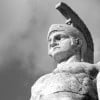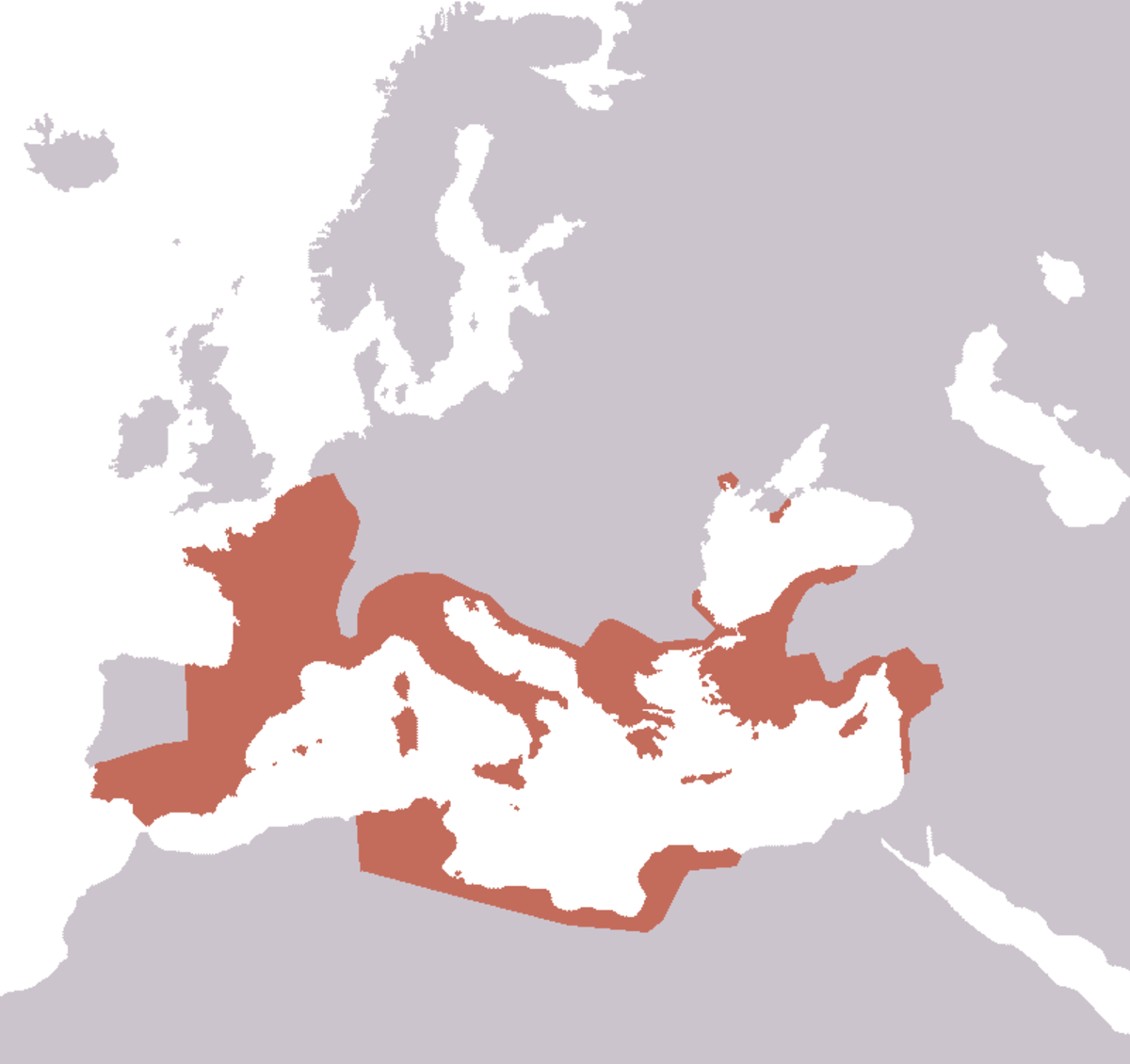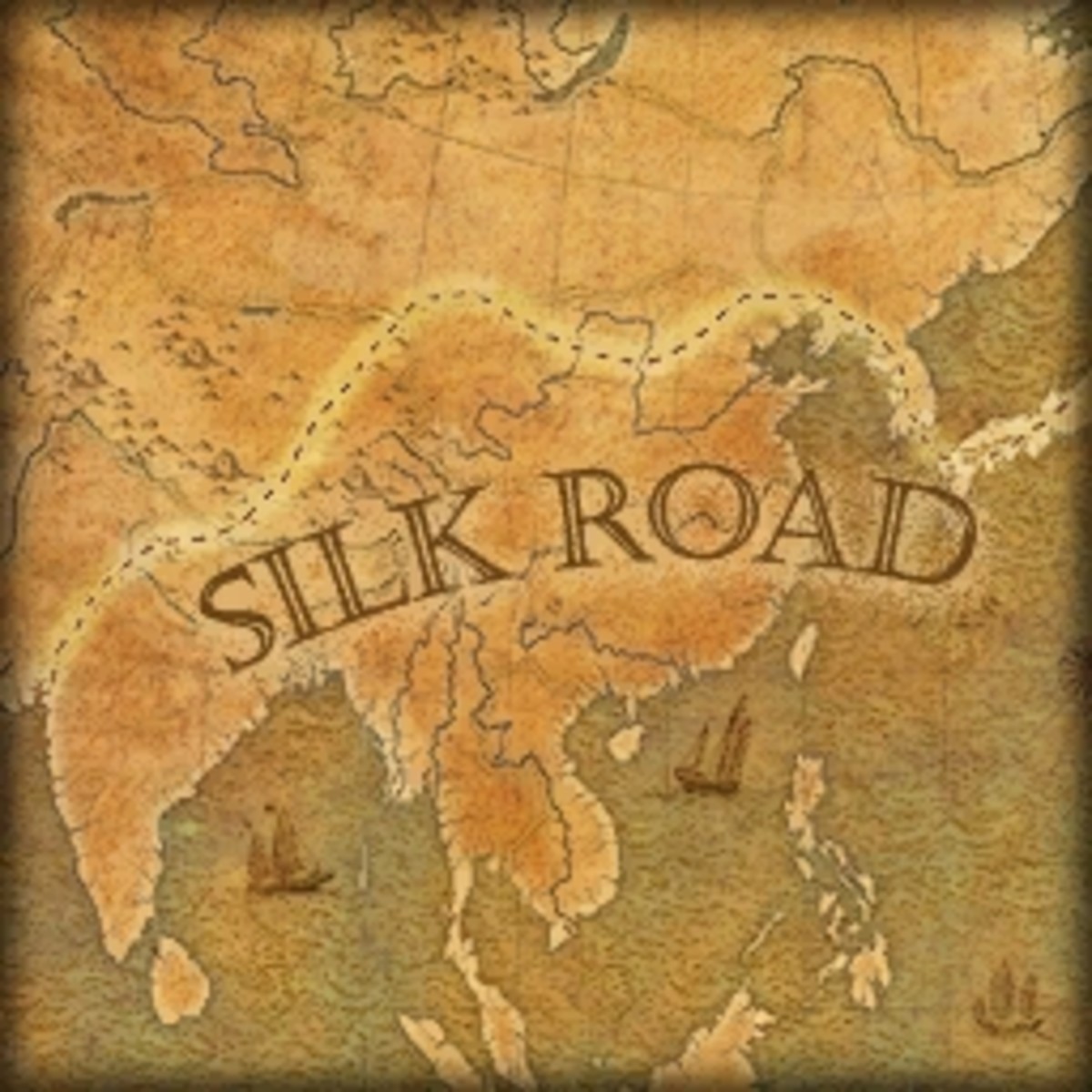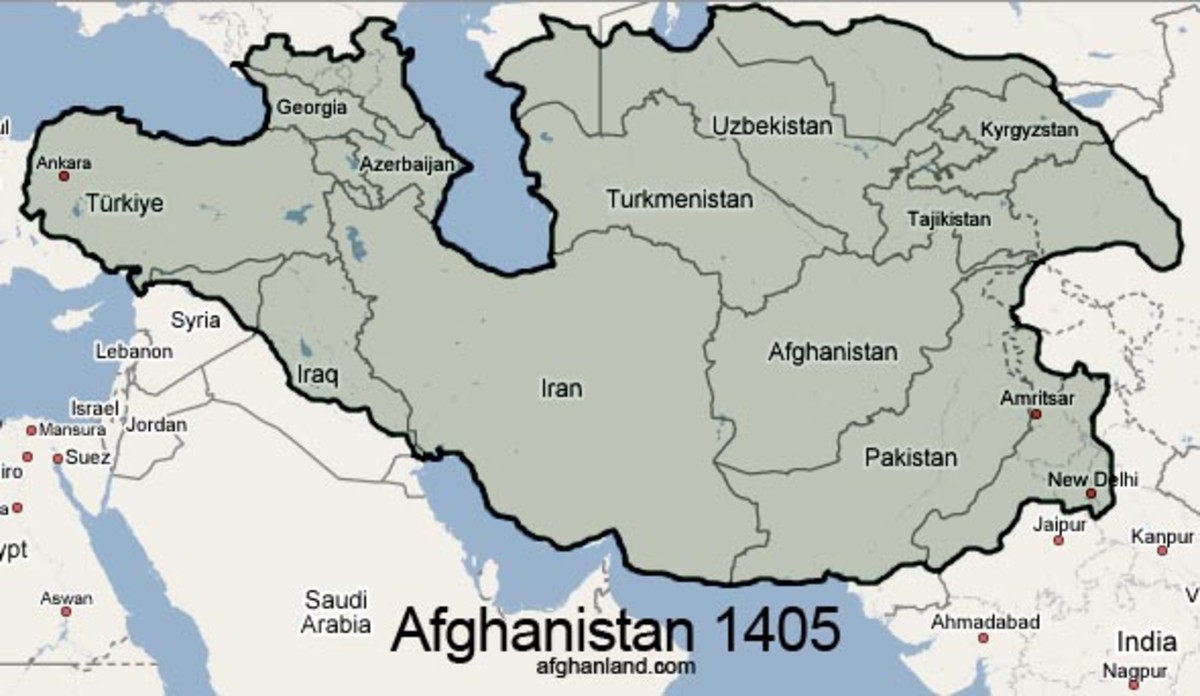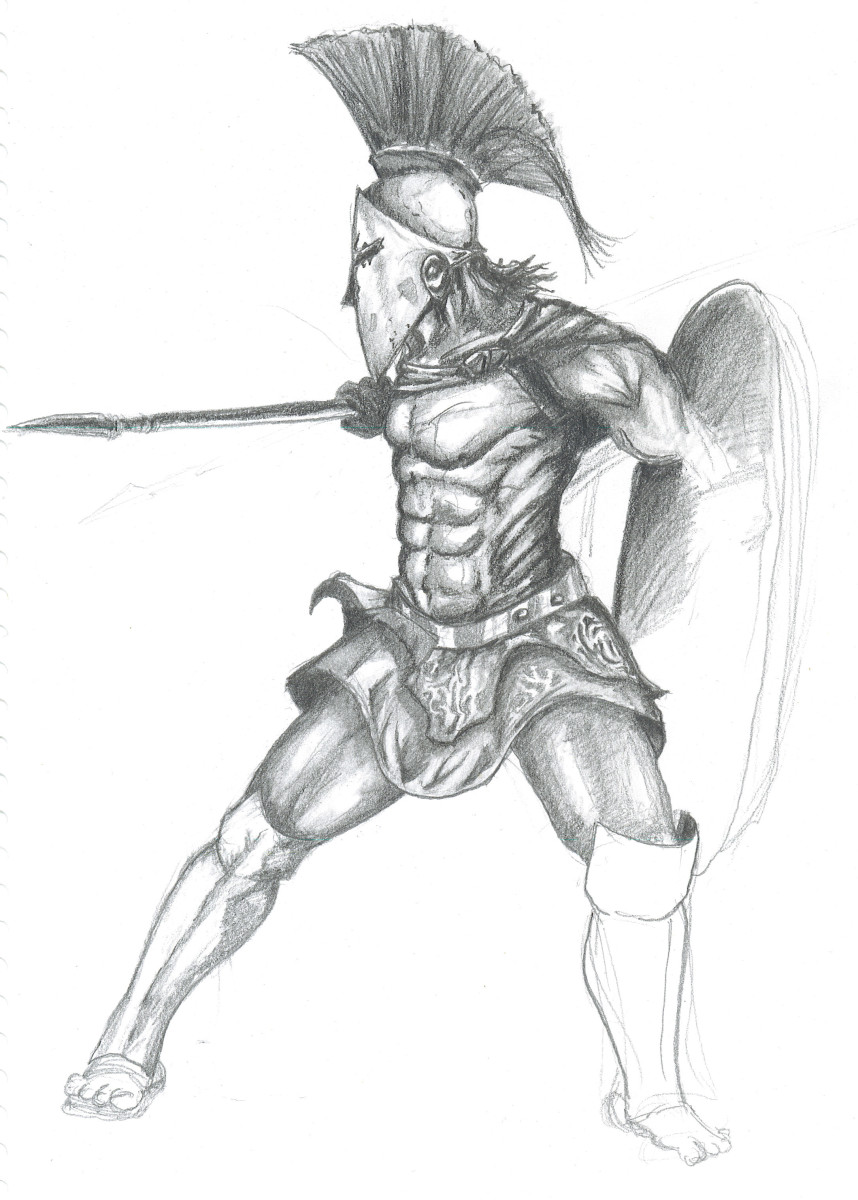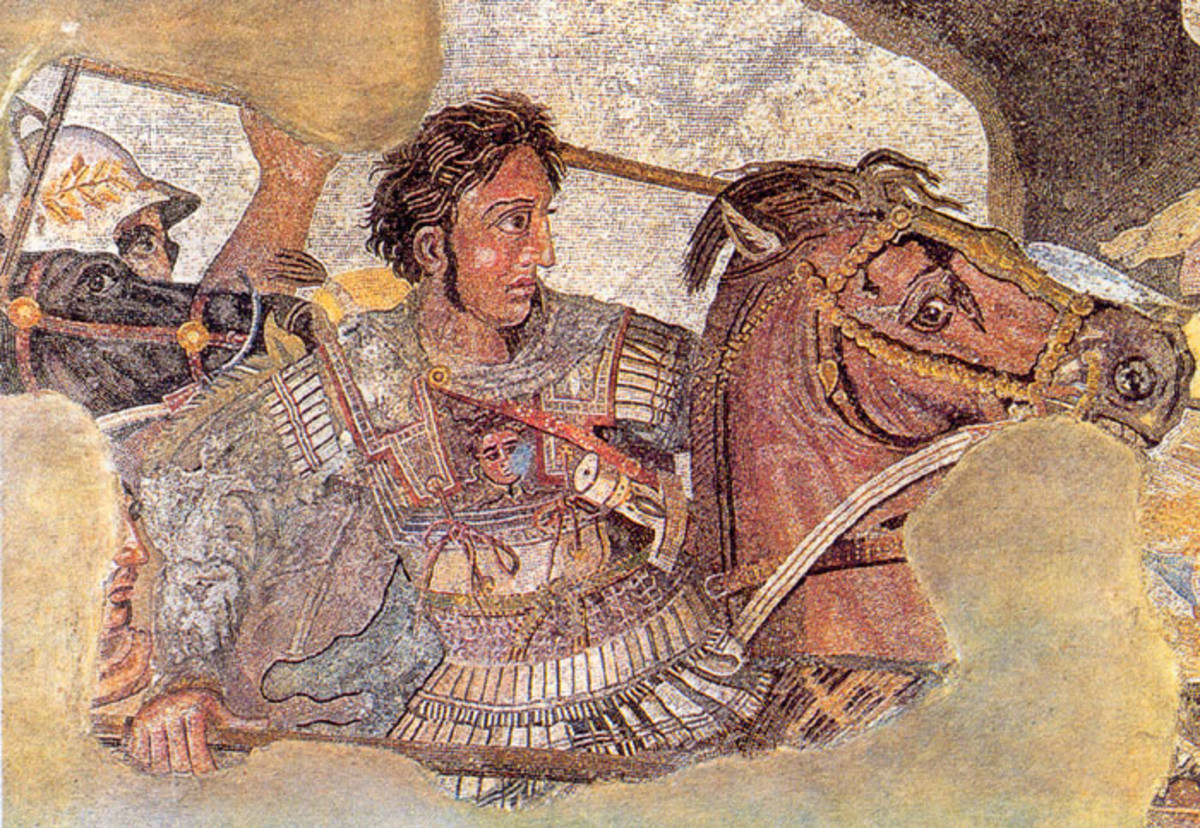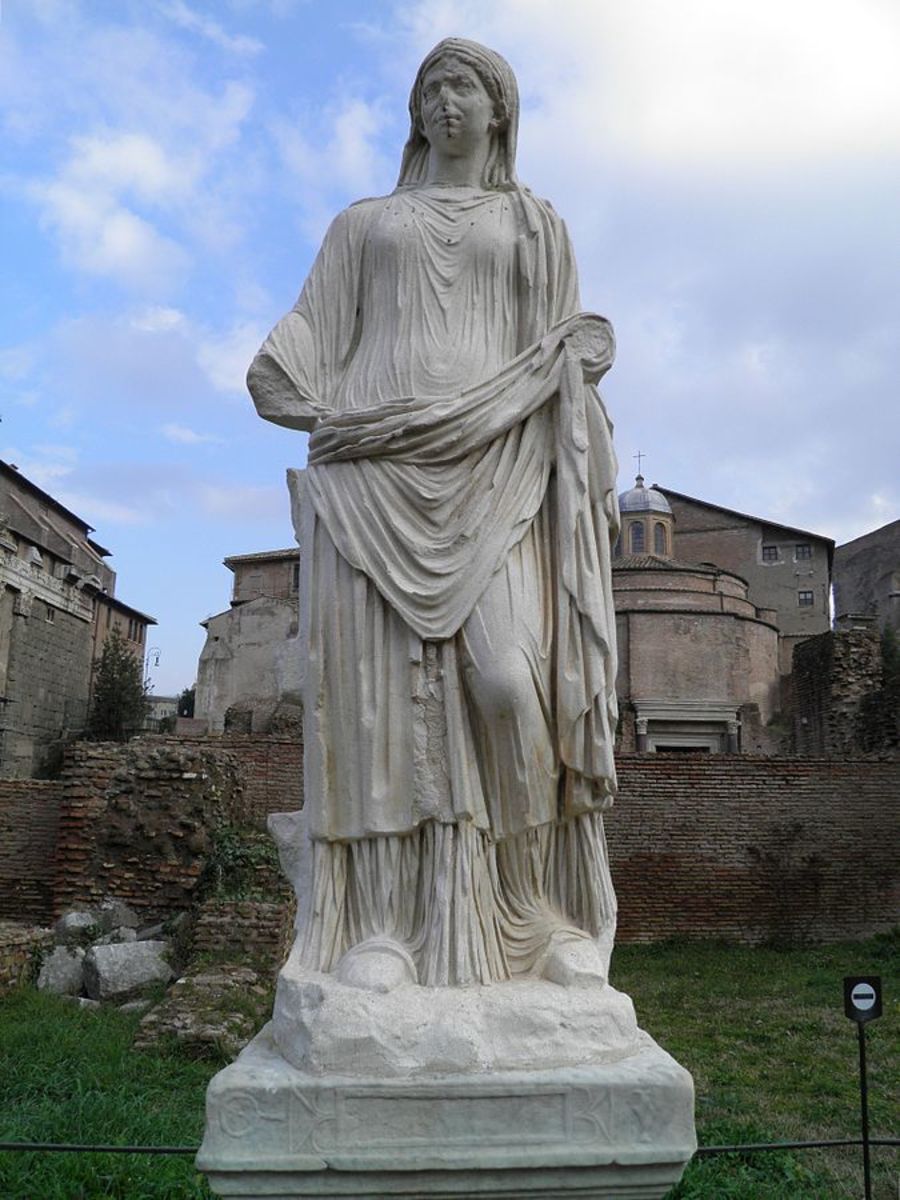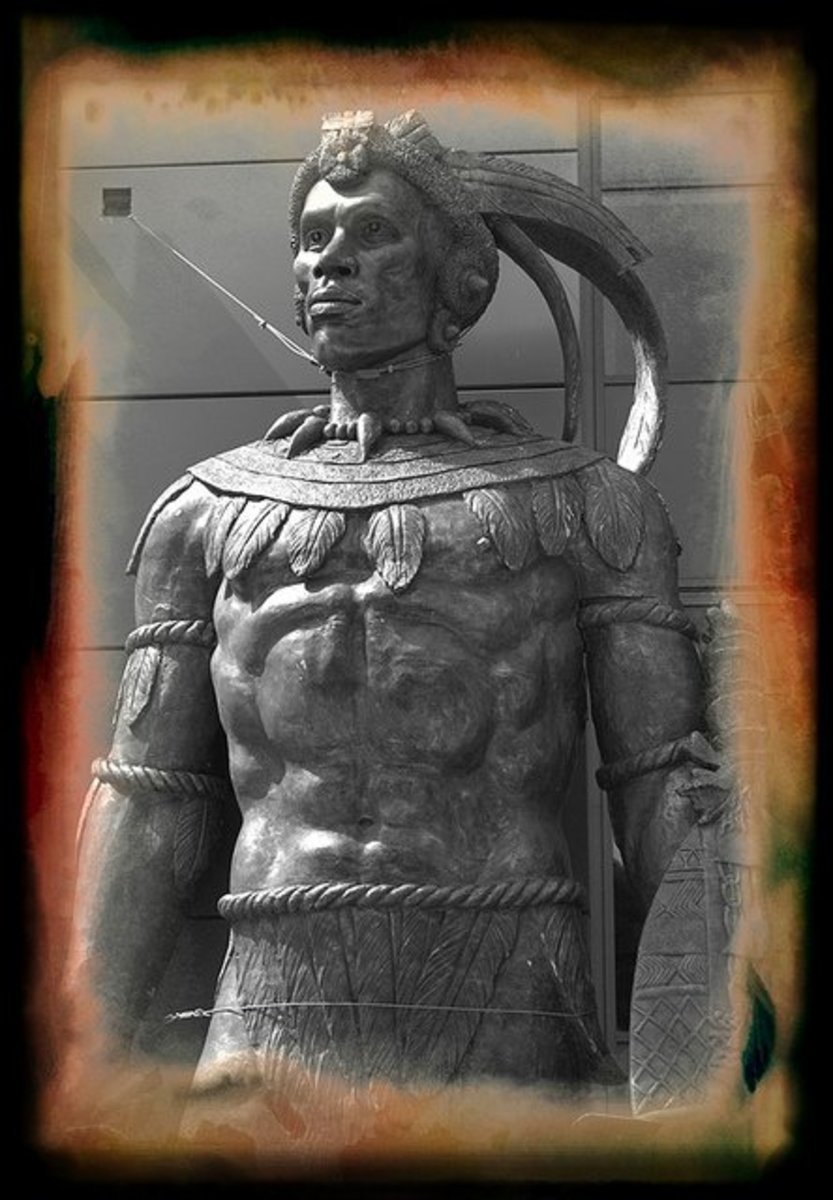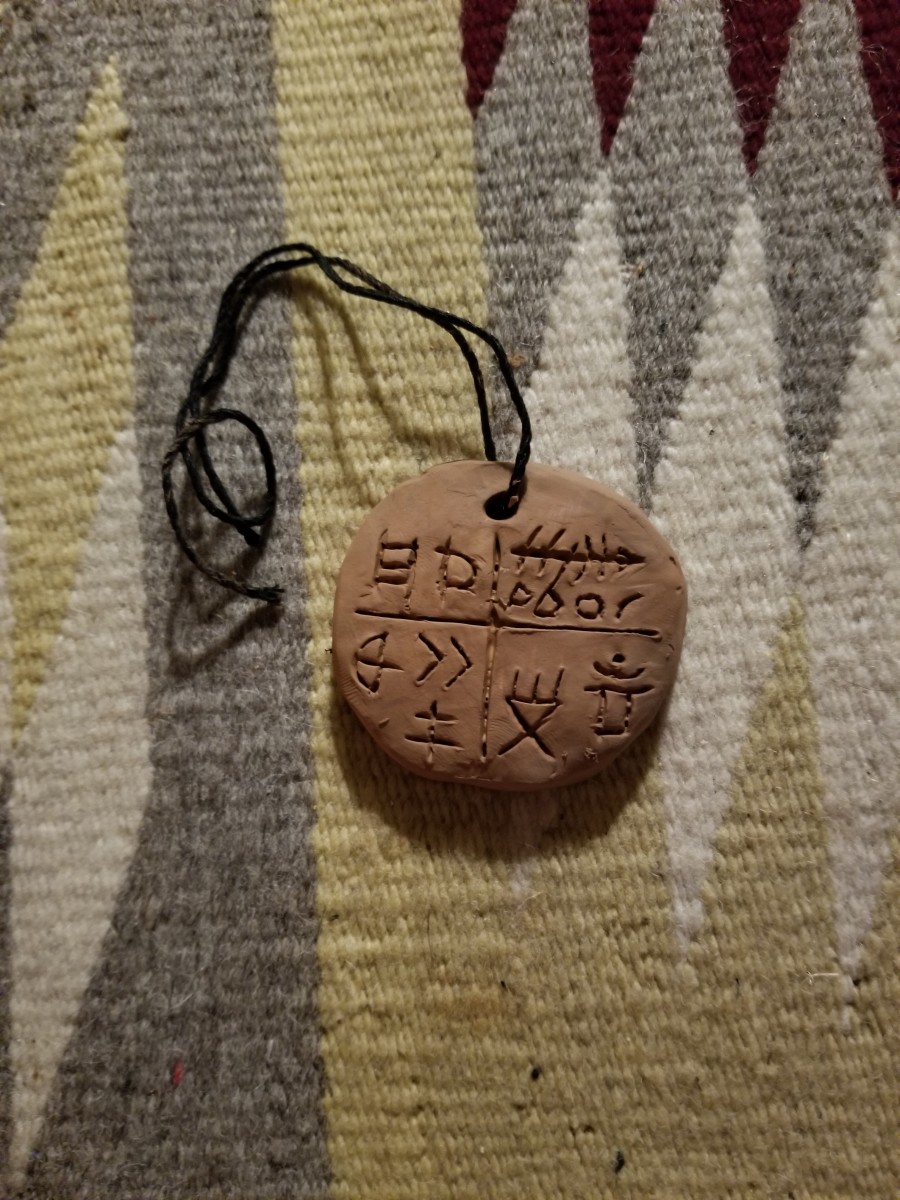Parthian Empire
Parthia was an ancient region southeast of the Caspian Sea, now in Khurasan, Iran. It was called Parthava by the ancient Persians. In its early history, from the 6th to the 3rd centuries B.C., Parthia was successively part of the Persian Empire, the empire of Alexander the Great, and the Seleucid Empire. Ancient Iranian people a nomadic tribe, one of those known to the Greeks as Scythians, overthrew their Seleucid rulers in about 250 BC and established an empire under Arsaces I.
The Parthians were excellent horsemen and archers. Cavalry units formed the chief spearhead in this rapid expansion; the Parthians also developed the tactic of firing a final arrow while retreating at high speed - the so-called 'Parthian shot'.
They formed a military aristocracy, holding vassal states under token allegiance to the Parthian king. After a series of wars against the Seleucids in the 2d century B.C. the Parthian king Mithridates I seized the Seleucid cities of Mesopotamia to create the Parthian Empire. At its height, under Mithridates II, perhaps the greatest Parthian statesman, the empire extended from Mesopotamia to India. They adopted Persian and Hellenistic culture but were never considered Persians.
The Parthians continually fought other Scythian tribes in the East and, in the 1st century B.C., began a 300-year struggle with the Romans, but never gained a permanent victory. In 226 A.D. or 227 A.D. they finally fell to a new Persian dynasty from the house of Sassan. Most knowledge about the Parthians comes from Greek and Roman authors. No Parthian written works have survived.
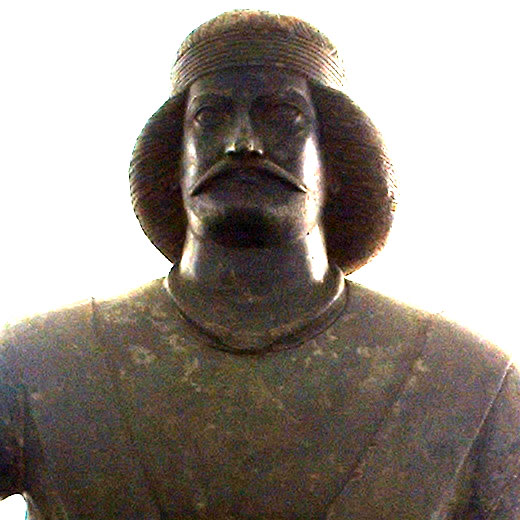
History
Little is known of its early history but it is thought that in about 250 BC a group of semi-nomadic peoples, led by two brothers, Titadates and Arsaces, invaded from the northern steppes and established the beginnings of the empire. It was not until the reign of Mithridates I (171-38 BC) that the empire became powerful; after his conquest of Babylonia Mithridates became known as 'The King of Kings'.
The Parthians were subdued in succession by the Assyrian, Median, and Persian monarchies, subsequently falling under Alexander's Macedonian Empire and then under that of the Seleucids. About 250 B.C., after a successful revolt by the two half-legendary brothers, Arsaces and Tiridates, Parthia gained her independence from Andragoras, satrap under the Seleucid monarch, Antiochus II. According to legend, Arsaces, claiming kinship with Persian royalty, was the first king of the new realm and founder of the Arsacid dynasty and the Parthian era. He may have been succeeded by his brother, Tiridates. In the following century, the kingdom extended from the Caspian Sea to the Persian Gulf and from the Tigris River to Afghanistan, and reached the height of its power under Mithridates I (reigned 171-138 B.C.), who in 141 even entered Seleucia and was recognized as king.
The internal structure of Parthia was feudal, having vassal kings who led their own formidable armies. Within the empire the cultures of the Iranian, Hellenistic and nomadic elements blended but the land was threatened by nomadic hordes from Sakas. In 128 BC the Parthian emperor, Phraates II, was killed fighting the Sakas; his successor also died while defending the eastern section of the empire.
Armed Parthian horsemen gradually gained control of the trade routes and of much of the Seleucid territory. Their king, Mithridates I, of the Arsacid clan, built his capital at Ctesiphon, across the Tigris River from Seleucia. The Parthians were not efficient rulers. Nevertheless, they dominated the area for 500 years.
Mithridates II restored much of the empire's former strength and extended Parthian dominance eastwards as far as Merv and Kandahar. He made contact with the Han rulers of China and established trade routes across Turkistan. During the first century AD there were several wars between the Parthian and Roman empires, which disrupted the rulership of Armenia. These wars, which twice involved the destruction of the Parthian capital of Ctesiphon, together with internal feudal disputes and the encroachment of the Sakas, served to weaken the empire.
The inevitable clash with Rome came in 53 B.C., when Marcus Licinius Crassus' army was annihilated by the Parthians at Carrhae. Although Publius Ventidius gained victories over Parthia in 39 and 38 B.C., Mark Antony was severely defeated in 36, and thereafter no Roman army won a decisive victory over the country until 114 A.D. in the reign of Trajan. Even then Rome gained no permanent footing in the Parthian Empire. In the next century, the Battle of Nisibis (217), fought between the Parthians and the Roman emperor Macrinus, was a victory for the former. Parthia, however, was already weakened by petty wars and in 220 by the beginning of a Persian revolt against the central government.
The rule of Vologesus V (reigned 209-222 A.D.), whose last coins were dated 222/223, was contested by his brother Artabanus V, the last of the Arsacids. In A.D. 226 the last Parthian emperor was defeated at Hormuz by the Sassanids, who established a new imperial dynasty in Persia.
The Parthians were renowned for their splendid horses and their skill in cavalry battle. Their archers became famous for their skill in discharging arrows backwards while in the pretense of flight. A practice that is the origin of the phrase "a Parthian shot". Which some believe is the basis of the term "a parting shot".
Lasting from about 250 BC to AD 226, the Parthian Empire unified the lands which, as part of the Persian Empire of the Achaemenids, had been conquered by Alexander the Great and ruled by the Seleucids. At its height it extended from Afghanistan to the Tigris River and from the Persian Gulf to the Caspian Sea.
This content is accurate and true to the best of the author’s knowledge and is not meant to substitute for formal and individualized advice from a qualified professional.
© 2009 Historia
